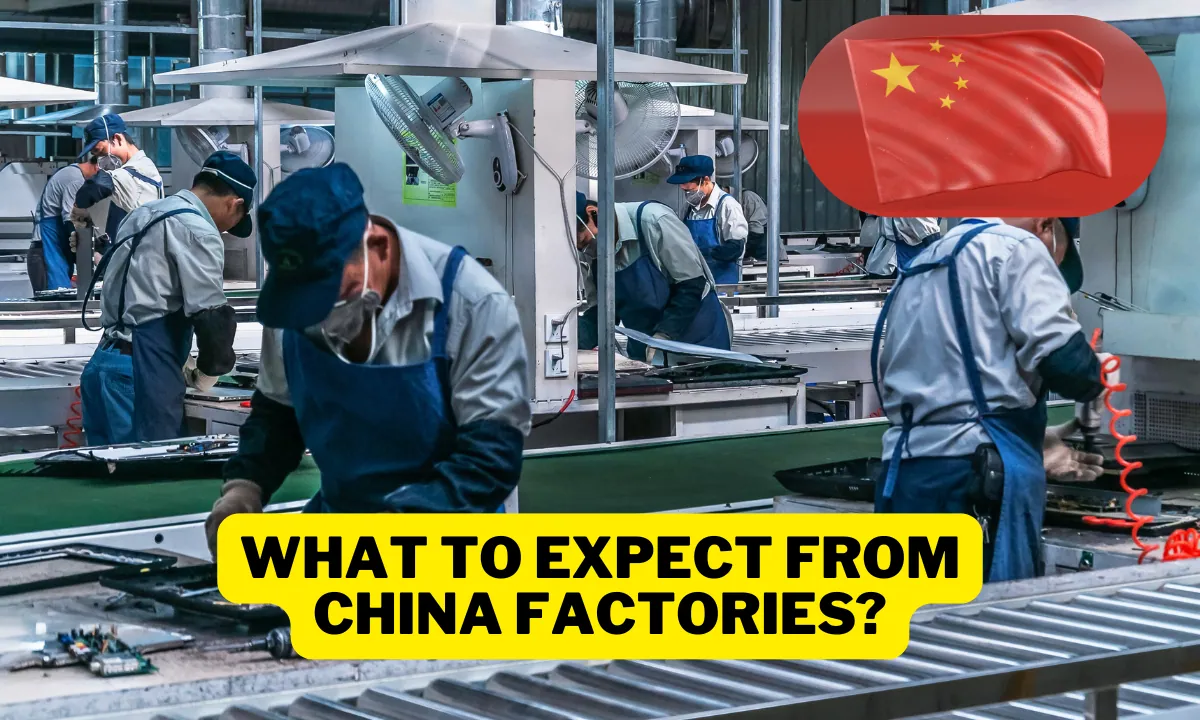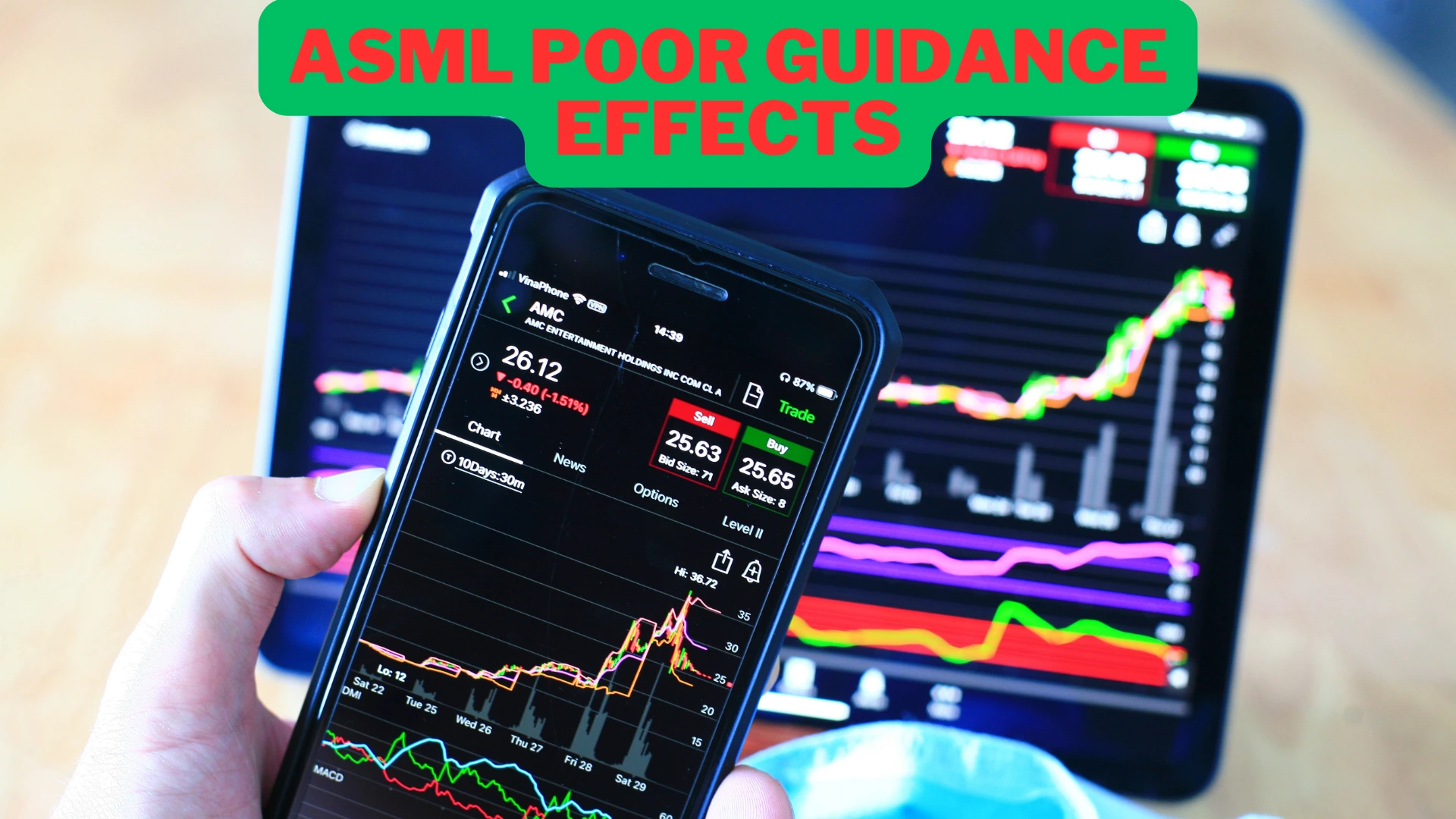China’s industrial landscape has faced a challenging stretch, with factory operations likely remaining in contraction for the fifth consecutive month in September.
Weak internal demand, paired with rising international trade obstacles, continues to hamper the second-largest global economy.
A Reuters poll conducted among 22 economists projects that the official Purchasing Managers’ Index (PMI) will stand at 49.5—an improvement over August’s 49.1 but still shy of the critical 50-point benchmark that divides growth from contraction.
A Bleak Mood in Manufacturing
The sentiment in China’s manufacturing domain has been notably downcast for months, burdened by plummeting producer prices and diminishing orders.
The latest blow came as China’s industrial profits nosedived by 17.8% year-on-year in August, marking the sharpest decline this year. This stark contrast to July’s 4.1% growth underscores the volatility plaguing the sector.
The persistent slump in factory activity has emphasized the urgent need for decisive government intervention. Policymakers are under mounting pressure to achieve China’s 2024 growth target of roughly 5%.
Signs of Weakness and Calls for Stimulus
Following a rocky start in the second half of the year, China’s economic indicators have consistently missed expectations, further highlighting the fragility of the recovery.
In an unusual September gathering, the Politburo convened to discuss macroeconomic concerns. China’s top leaders acknowledged the emergence of “new problems” and advocated for stronger policy measures to reinvigorate the economy.
A key point of focus was stabilizing the floundering property market while ensuring “necessary” fiscal expenditure.
These discussions occurred mere days after China rolled out its most aggressive stimulus package since the pandemic, signaling increasing apprehension within the government as they strive to reverse the economic slide.
Government Interventions and Fiscal Measures
Further buoying stimulus efforts, the Chinese government is anticipated to release approximately 2 trillion yuan ($285.16 billion) in special sovereign bonds.
This massive financial boost is expected to prop up local government debt and spur consumer spending.
Economists have been clamoring for more robust fiscal initiatives, and these new measures seem to echo those calls.
While China has traditionally leaned on the strength of its export market to fuel growth, looming trade restrictions from Western nations are casting a shadow over this strategy.
The United States is set to raise tariffs on Chinese goods, including electric vehicles (EVs), starting this Friday.
Meanwhile, the European Union is also contemplating a final decision on imposing potential tariffs on EV imports.
Caixin PMI and Broader Expectations
Amid this uncertain climate, the private sector’s Caixin PMI is forecast to land at 50.5, according to analysts surveyed by Reuters.
Both the official PMI and Caixin figures will be released on Monday, providing further insights into the ongoing turbulence within China’s manufacturing realm.
As the global economy braces for a shifting landscape, China’s next moves in addressing its economic woes will be closely scrutinized.
Bold policies and robust fiscal support will be essential if the country is to navigate the headwinds threatening its manufacturing sector and broader growth aspirations.










